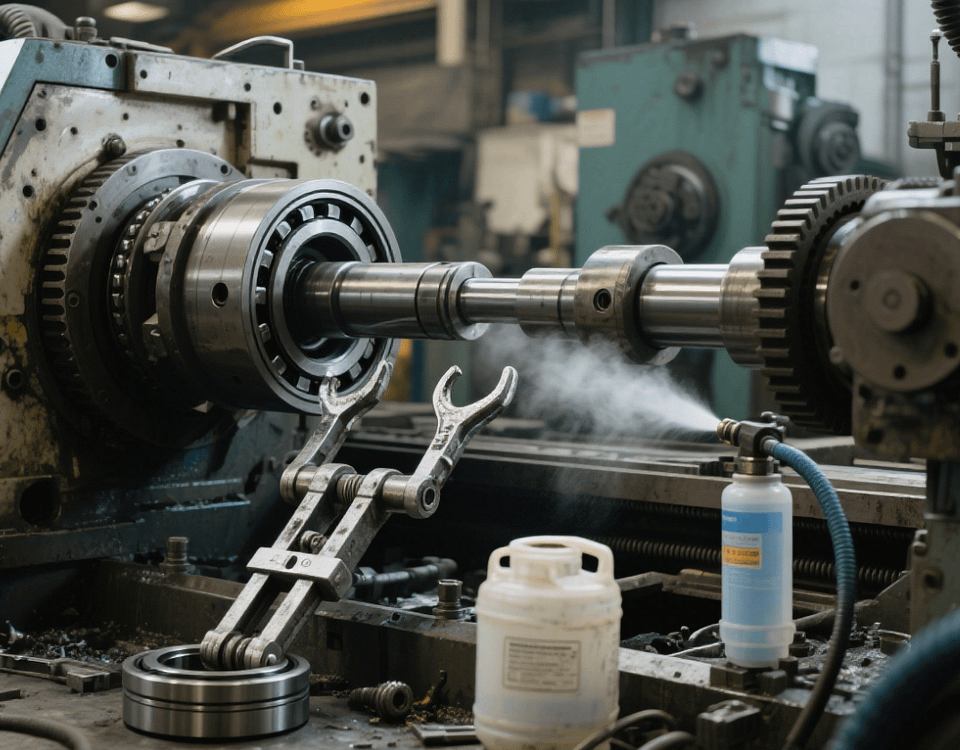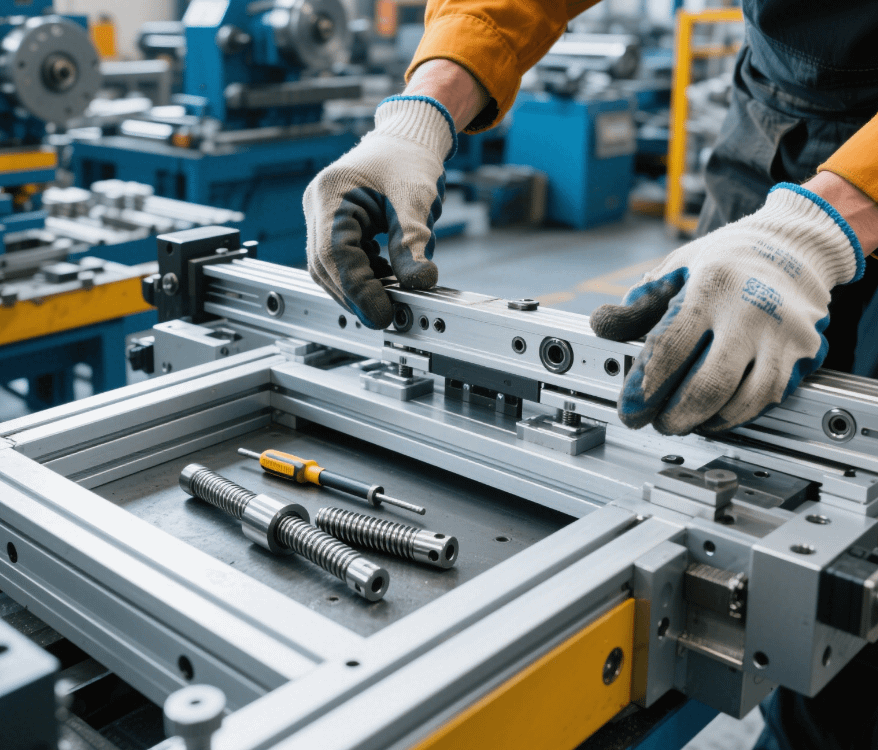What is a Fiber Laser Cutting Machine?
Carbon Steel
For carbon steel, fiber lasers offer high-speed cutting with excellent edge quality. Oxygen is typically used as an assist gas to enhance the cutting speed and maintain the quality of the cut. Properly managing the laser parameters is essential to avoid issues like excessive slag or thermal distortion.
Aluminum
Aluminum’s high reflectivity can pose challenges for laser cutting, but fiber lasers handle it effectively due to their shorter wavelength. Using nitrogen as an assist gas prevents oxidation and ensures a clean cut. Adjusting the focus and power settings is crucial for achieving the best results with aluminum.
Cutting Non-Metals
Plastics
Fiber laser cutting machines can cut various plastics, including acrylic, polycarbonate, and PVC. The key is to use the correct power settings and cutting speed to avoid melting or burning the material. Additionally, proper ventilation is important to manage fumes generated during the cutting process.
Wood
When cutting wood, fiber lasers provide precise and intricate cuts. However, wood’s flammability requires careful management of the laser’s power and speed settings. Using air as an assist gas can help remove debris and ensure a clean cut.






